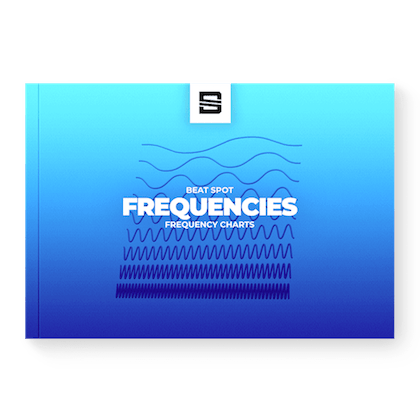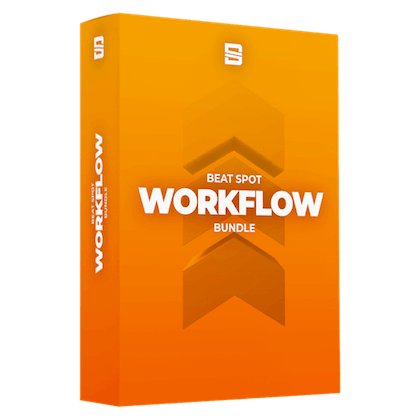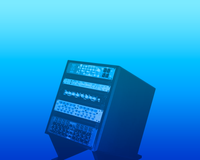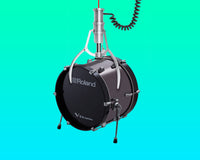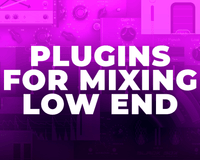Equalization is an essential tool in the world of music production, but it's easy to fall into common pitfalls that can leave your mixes sounding less than ideal.
In this blog article, we'll discuss some of the most common EQ mistakes and provide tips on overcoming them. By understanding these potential pitfalls and implementing the right techniques, you'll be well on your way to creating cleaner, more professional-sounding mixes.
Over-EQ'ing
It's important to use subtle adjustments when EQ'ing, as heavy tweaking is more suitable for sound design or parallel processing. Remember, less is often more when it comes to EQ.
Ignoring Bypass
Make sure to A/B your EQ adjustments frequently by toggling the bypass button for both the whole plugin and individual nodes. This will help ensure that your changes are actually improving the mix.
EQ'ing Only in Stereo
Don't forget to experiment with Mid/Side (M/S) and Left/Right (L/R) EQ'ing. M/S can be used for narrowing or widening the stereo image, while L/R allows for "panning" specific frequencies.
Not EQ'ing in Context
Always make EQ decisions while listening to the whole mix. While corrective EQ'ing can make sense in solo mode, tonal EQ'ing should be done in context to ensure a balanced mix.
Ignoring the Scale Slider
Use the scale slider to adjust the intensity of your EQ settings, and even automate it to find the perfect balance between too conservative and too heavy adjustments.
Cuts Instead of Shelves
Experiment with shelving filters before resorting to cuts. Shelves can help a sound fit seamlessly into a mix, while cuts should be used to remove unwanted frequencies.
EQ'ing All at Once
Instead of using a single EQ for all adjustments, try using one for frequency bracketing (low pass and high pass) and another for smaller cuts and boosts. This can offer more control and flexibility in your EQ process.
Not Gain Matching
Proper gain matching is crucial for understanding the impact of your EQ adjustments. Avoid relying solely on automatic gain compensation, and manually adjust levels to ensure accurate comparisons.
Sticking to "Formulas"
Trust your ears and don't rely solely on EQ charts. While they can provide helpful guidelines, it's important to make decisions based on what sounds best for your specific mix.
Frequencies is the most complete collection of EQ’ing charts that also explains why you should cut or boost a specific frequency range.
By keeping these tips in mind and avoiding common EQ mistakes, you'll be on your way to achieving a more polished and professional sound in your music productions.



